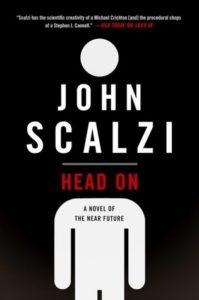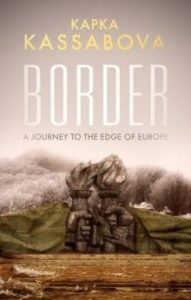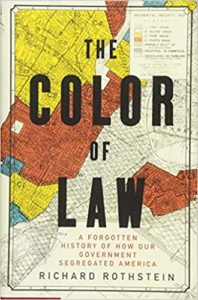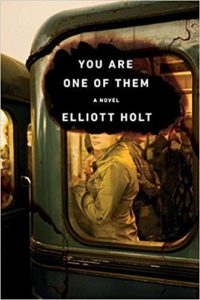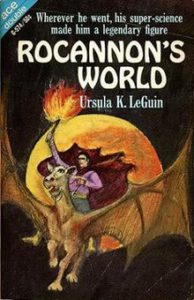Head On follows Lock In as a near-future, science fictional mystery in a world in which a pandemic (“Haden’s disease”) has killed many millions of people and left millions more alive and conscious, but with no control of their voluntary nervous system, locked into themselves. A crash research program has delivered enough advances in the understanding of consciousness and brain-computer interface, among other fields, that people who are locked in can use a neural net to direct an anthropomorphic surrogate. In the book, these are called “threeps” and the people who have survived the disease are often called “Hadens.”
Chris Shane, Haden, FBI agent, and beloved only child of a wealthy African-American family returns as the first-person narrator of Head On. The novel’s plot concerns a new professional sport called hilketa. The name comes from the Basque word for “murder,” and it’s a game that would not have been possible before the development of threeps because the object is to remove the head of an opposing player and transport it across the goal line or, failing that, to kick it or throw it between the goalposts. All the bodies on the field are robotic, so losing a head isn’t a huge deal. At least it’s not supposed to be. During an exhibition match, a player’s threep is victimized for the third time in the same game, and that player — a Haden whose body is located far from the field — dies.
The death could hardly come at a worse time for the North American professional hilketa league. This particular match is an exhibition for potential investors who might take the game global. Chris Shane’s parents are there, as potential owners of a future Washington, DC franchise. Suddenly, the league looks really bad when it wants to look really good. The PR people panic and pull the online stats of the dead player; now it’s starting to look like a cover-up. Chris is at the game as an adviser to his parents — and Scalzi gets in a few jabs about how wealthy, privileged people are likely to treat threeps — and so he is on the scene early after the player, Duane Chapman, dies. Then one of the PR people really panics and hangs himself; or does it just look like he did?
Head On, like its predecessor, zips along with the mystery getting deeper and more dangerous before Chris and his partner, Leslie Vann, begin to make sense of what’s happening and have a chance against the people who stand to profit from the aftermath of Chapman’s death. Here’s what I said about Lock In being harder to write than it appears: “[Scalzi]’s also doing a number of things that are more difficult than they look, and at least as difficult for an author to pull off as something that is more ostentatiously ambitious. First, near-future science fiction is tricky; there are lots of ways for it to go wrong, not least of which is getting overtaken by events. Second, it’s funny, and funny amidst murder and mortality walks a narrow balance beam. Third, he’s writing a police procedural in a science fiction setting; he has to keep on the right side of the conventions of both genres for the story to work. …”
I raced through Head On in about a day and a half, so he clearly got the balance right for me. The machinations made sense, as did the motivations. I was surprised by some of the violence in the story, but that is as it should be. Bad things are seldom telegraphed in real life, there’s no reason why near-future crime should be any different. I don’t think that Scalzi would kill off Chris or Vann, but other characters (with the possible exception of Chris’ parents) are not under authorial protection, and the antagonists have shown from the beginning that they are indifferent to people’s lives when scads of money are involved.
Along with Scalzi’s trademark snappy dialog and fast reversals of positions, there’s also a good look at corruption in business in general, and sports in particular. Many thousands of people get emotionally attached to their teams. Some dozens make vast sums of money off of that attachment, and some of those people are not particularly scrupulous about what it takes to keep the money flowing.
Will Chris and Vann find and catch the culprits in time? Only if they keep their heads on.

